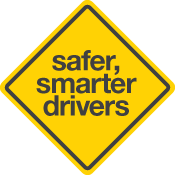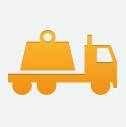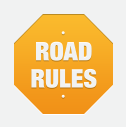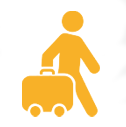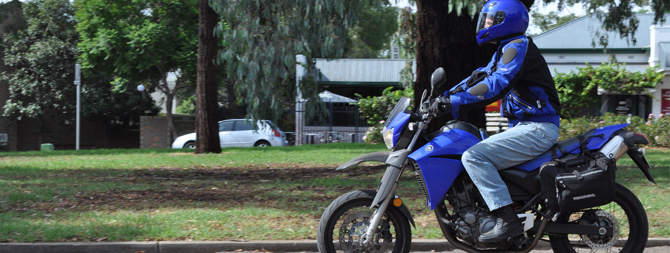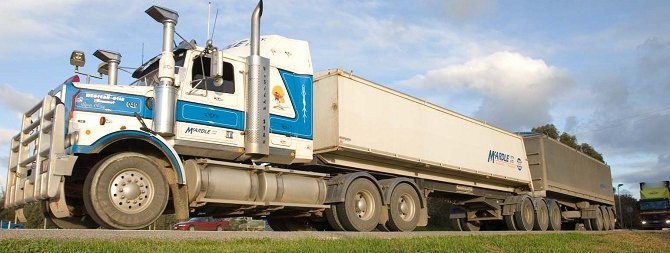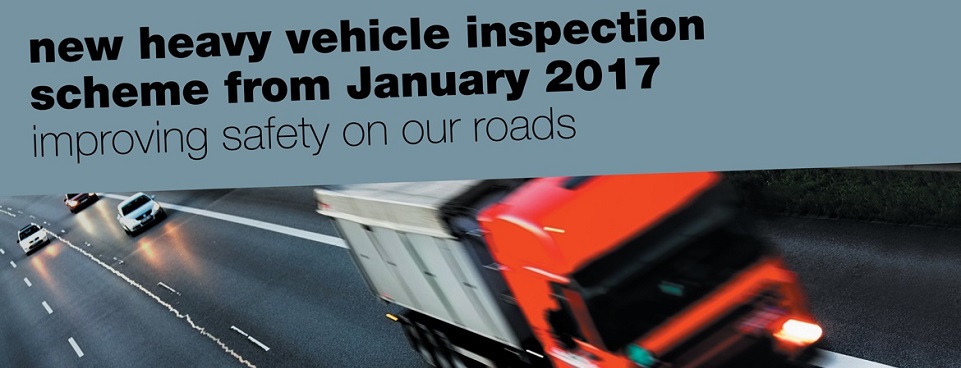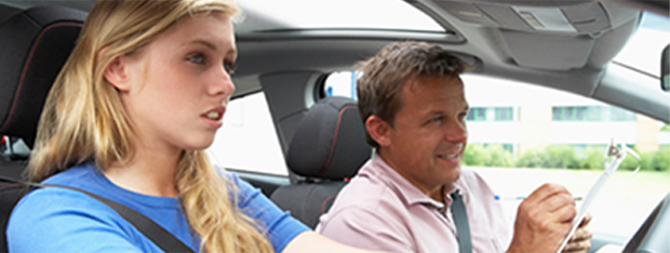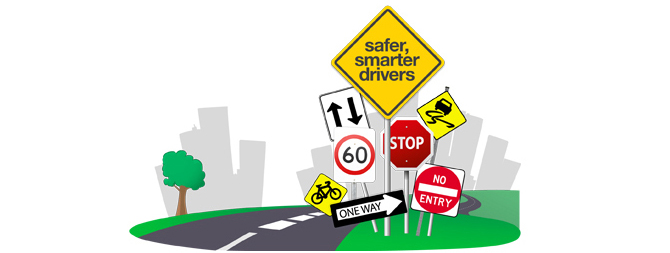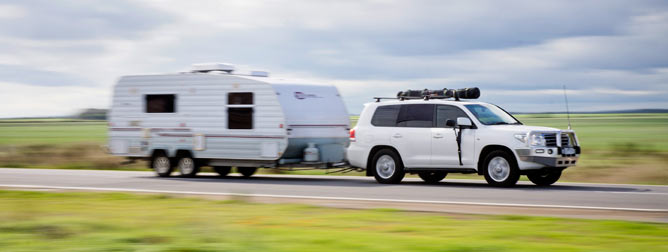Safe driving tips
Level Crossings

Rail safety – it is everyone’s responsibility
Level crossings are a necessary part of the road and rail system. But collisions are a reality, despite advances in technology to keep people safe.
Accidents that result in injury or fatality go beyond those directly involved. It extends to a person’s family and friends, the health system, and train and tram drivers. There are also social and economic impacts when train and freight services cannot run.
Because of the size and weight of trains and trams, even low-speed impact has the potential for serious harm.
In South Australia, there are 555 public road and 471 pedestrian level crossings.
Between 2019 and 2023, there were 34 collisions and 582 near-miss incidents reported in South Australia. Sadly, these incidents resulted in 11 lives lost and six serious injuries.
These actions can result in major trauma or lives lost:
- queuing over level crossings
- not looking for a second train
- not paying attention to level crossing signs or signals
- running warning lights
- evading boom gates.
Many of these actions are illegal and you can be fined.
What is being done
To improve safety at our level crossings, the Department for Infrastructure and Transport has released:
- South Australia’s Level Crossing Safety Strategy 2025–2034
- South Australia’s Level Crossing Safety Action Plan 2025–2028.
The strategy aims to reduce the number of fatalities and injuries at level crossings by:
- identifying priorities to improve safety at level crossings
- supporting ongoing efforts across the state to maintain and improve safety measures.
The strategy focuses on four key areas guided by:
- evidence
- analysis of incident data
- consultation with key stakeholders
- the National Level Crossing Safety Strategy.
Many groups are responsible for managing level crossing safety. This includes:
- state and local governments
- rail infrastructure owners
- the members of the public who use them.
The three-year action plan complements the strategy and details priorities, responsibilities and timeframes. The plan will be updated annually.
Visit the Department for Infrastructure and Transport’s website to read the strategy and action plan.
Top tips to stay safe around the rail network
Some things to keep in mind whenever you’re about to cross train or tram tracks:
- If a train or tram is coming, wait for it to pass, and then stop, look, listen and think again before crossing – a second train or tram may be coming.
- Always use a pedestrian crossing to cross the tracks or to access a station platform – it is illegal to walk or run along the tracks and cross the tracks between platforms.
- If you’re a pedestrian, be sensible, pay attention and be alert when using pedestrian crossings – trains and trams travel quickly (up to 100km/h) and quietly.
- Look up from your mobile phone and take off your headphones before crossing – the smallest distraction can have a lifelong impact.
- When waiting on a platform, stay away from the edge, and stay behind the white line
- Bikes, rollerblades, skates or skateboards must be walked or carried on station platforms, on the ramps leading up to platforms, through pedestrian mazes, while crossing rail lines, in overpasses or underpasses.
- If you’re driving, always make sure there is sufficient space for your vehicle to cross safely to the other side without stopping – it is an offence to enter a level crossing if the road beyond the crossing is blocked or to stop on the yellow box marking.
- If the boom gates seem to be stuck down or the warning signals flash for longer than normal do not cross, it is an offence to enter a level crossing while the lights are flashing or warning bells operating.
- Any faults at a level crossing can be reported to 1800 018 313 (remember to comply with mobile phone laws) and if driving you have the choice of waiting, taking an alternative road if able to do so or safely U-turn where legal and possible.
- Road users need to share the road with trams. Always give way and be careful not to perform U-turns in front of trams.
Check your knowledge
Think you know how to be safe around trains? Try this quick rail safety quiz to check your knowledge.
Watch our videos
Our rail safety videos show:
- the dangers of rail crossings
- first-hand accounts of the impact of near-misses on rail operators.
Rail crossing safety
Personal story
Do you know when to cross the line?
More information
The signs and signals and the road rules that apply to level crossings are explained in the Crossings section of The Driver's Handbook.



